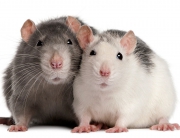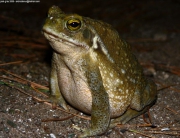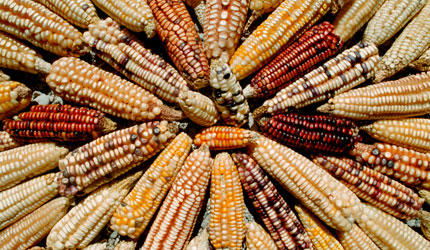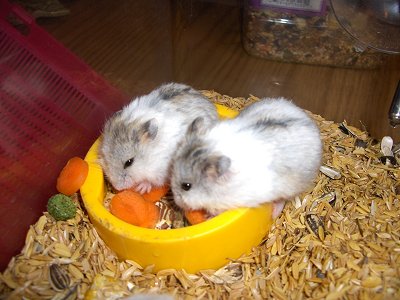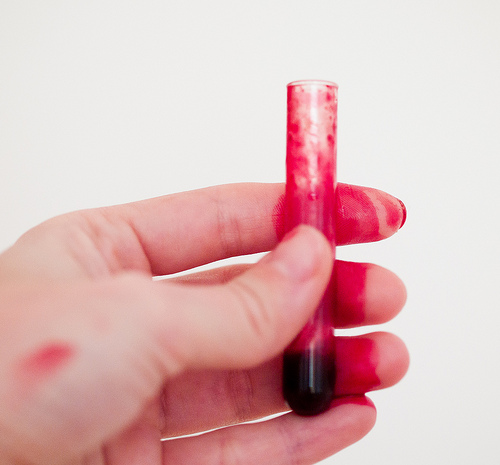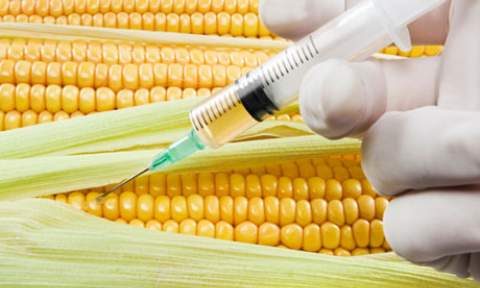This US Institute of Ecosystem Studies communicated paper shows that Bt corn byproducts, such as pollen and detritus, enters headwater streams and are subject to storage, consumption, and transport to downstream water bodies. Laboratory feeding trials showed that consumption of Bt corn byproducts reduced growth and increased mortality of nontarget stream insects.
Source: pnas.org
Abstract
Corn (Zea mays L.) that has been genetically engineered to produce the Cry1Ab protein (Bt corn) is resistant to lepidopteran pests. Bt corn is widely planted in the midwestern United States, often adjacent to headwater streams. We show that corn byproducts, such as pollen and detritus, enter headwater streams and are subject to storage, consumption, and transport to downstream water bodies. Laboratory feeding trials showed that consumption of Bt corn byproducts reduced growth and increased mortality of nontarget stream insects. Stream insects are important prey for aquatic and riparian predators, and widespread planting of Bt crops has unexpected ecosystem-scale consequences.
Authors
E. J. Rosi-Marshall, J. L. Tank, T. V. Royer, M. R. Whiles, M. Evans-White , C. Chambers , N. A. Griffiths , J. Pokelsek and M. L. Stephen





